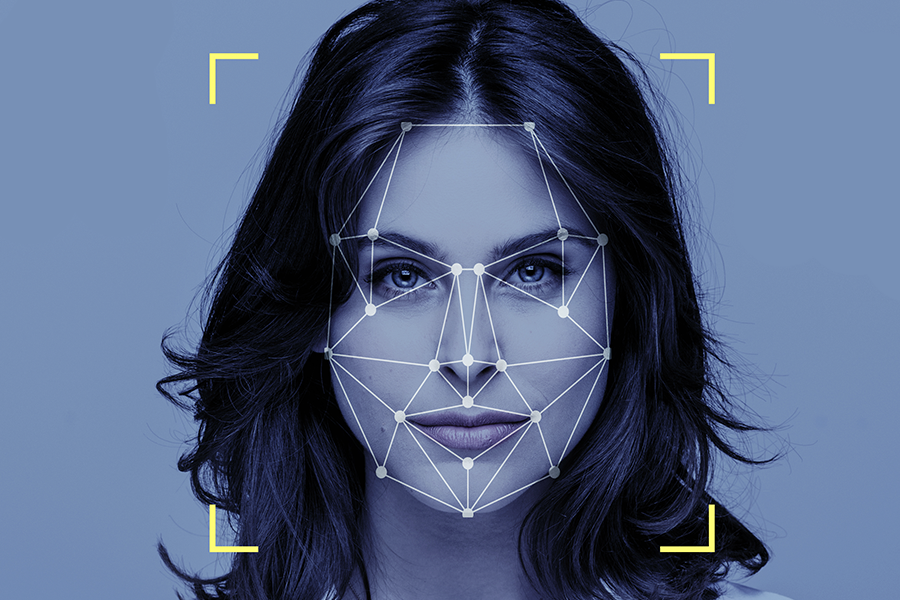- Published on
Demystifying Artificial Intelligence A Comprehensive Guide
- Authors

- Name
- Adil ABBADI
Introduction
Artificial Intelligence (AI) has been a buzzword in the tech industry for decades, and its impact is now being felt across various sectors, from healthcare to finance, and from education to entertainment. AI is no longer a futuristic concept, but a rapidly evolving technology that is transforming the way we live and work. In this article, we'll delve into the world of AI, exploring its history, applications, and the latest advancements in machine learning, neural networks, and natural language processing.

- What is Artificial Intelligence?
- Types of Artificial Intelligence
- Applications of Artificial Intelligence
- Conclusion
- Take the Next Step
What is Artificial Intelligence?
Artificial Intelligence refers to the development of computer systems that can perform tasks that typically require human intelligence, such as learning, problem-solving, and decision-making. AI systems are designed to process vast amounts of data, recognize patterns, and make predictions or decisions based on that data. The ultimate goal of AI is to create intelligent machines that can augment human capabilities and improve our quality of life.
import pandas as pd
from sklearn.ensemble import RandomForestClassifier
# Load dataset
data = pd.read_csv('diabetes.csv')
# Train a random forest classifier
rf = RandomForestClassifier(n_estimators=100, random_state=42)
rf.fit(data.drop('target', axis=1), data['target'])
Types of Artificial Intelligence
There are two primary categories of Artificial Intelligence: Narrow or Weak AI, and General or Strong AI.
Narrow or Weak AI
Narrow AI, also known as Weak AI, is designed to perform a specific task, such as facial recognition, natural language processing, or playing chess. These systems are trained on large datasets and can excel in their designated tasks, but they lack general intelligence and are unable to perform tasks beyond their programming.

General or Strong AI
General AI, also known as Strong AI, refers to a hypothetical AI system that possesses human-like intelligence and can perform any intellectual task. General AI systems are still in the realm of science fiction, and their development is considered the holy grail of AI research.
import torch
import torch.nn as nn
# Define a neural network model
class NeuralNetwork(nn.Module):
def __init__(self):
super(NeuralNetwork, self).__init__()
self.fc1 = nn.Linear(784, 128) # input layer (28x28 images) -> hidden layer (128 units)
self.fc2 = nn.Linear(128, 10) # hidden layer (128 units) -> output layer (10 units)
def forward(self, x):
x = torch.relu(self.fc1(x)) # activation function for hidden layer
x = self.fc2(x)
return x
Applications of Artificial Intelligence
Artificial Intelligence has numerous applications across various industries, including:
Healthcare
AI is revolutionizing healthcare by improving diagnosis accuracy, streamlining clinical workflows, and enabling personalized medicine.

Finance
AI is being used in finance to detect fraud, optimize investment portfolios, and provide personalized financial advisory services.
Education
AI-powered educational tools are enabling personalized learning, automating grading, and improving student outcomes.
Conclusion
Artificial Intelligence is a rapidly evolving field that has the potential to transform various aspects of our lives. From improving healthcare outcomes to enhancing financial decision-making, AI is poised to make a significant impact on our society. As AI continues to advance, it's essential to stay informed about the latest developments and applications of this technology.
Take the Next Step
Learn more about AI and its applications by exploring our comprehensive resource library, featuring articles, tutorials, and courses on machine learning, neural networks, and natural language processing.
